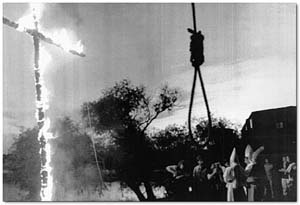Main Menu · Search ·Current Issue ·Contact ·Archives ·Centennial ·Letters to the Editor ·FAQs

| Tiny Music Critics | Bibliocide |
| Literary Tigers | Frozen Brains |
| Lynching as Human Sacrifice | E-mail and Web Information |
 |
| Photograph courtesy of UPI/Corbis-Bettmann |